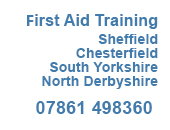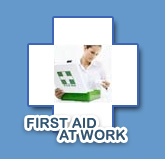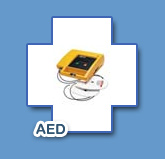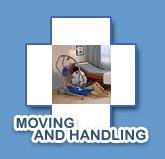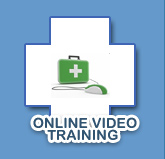Risk Assessing
Risk Assessment is a trainer-led course that can be done online, remotely or face to face nationally. The course aims are to give an understanding of the importance of risk assessment and current applicable legislation, to promote awareness and understanding of what constitutes a hazard, to promote understanding of the 5 steps of carrying out a risk assessment, and to give an understanding of different control measures and how these might be implemented. By the end of this session, candidates will understand the importance of risk assessment and current applicable legislation, understand what constitutes a hazard, understand the hierarchy of controls, and be able to carry out a risk assessment.
This qualification is designed to be an introduction to the principles of Risk Assessment. It covers why risk assessments are necessary, the legal requirements relating to risk assessments and simple processes for carrying out a risk assessment. It is suitable for learners working in any environment who need to be more risk aware by raising their knowledge of risk in the workplace and the basic things they can do to control it.
What the course covers:
- Introduction
- What is a risk assessment
- Why do we need them
- Accident reduction
- Reasonably Practicable
- Risk Assessment
- What is a hazard
- What causes Accidents
- Lone Worker emergency plan and risk assessment
- How to risk assess
- 5 stages of risk assessing
- Identify the Hazard
- Identify those who may be harmed
- Evaluate the risks and decide on precaution
- Record your findings and implement them
- Review your assessment and update if necessary
- Manual Handling risk assessing
- Assessing Risks
- Assessing the individual move
- Assessing and controlling Risks using TILE
- T in TILE
- I in TILE
- L in TILE
- E in TILE
- Manual handling risk assessing exercise
- Ways to Reduce Risk
- Personal Protective Equipment
- COSHH Control Measures
- Ensuring Risks Stay Controlled
- Emergency Procedures
- Summary
